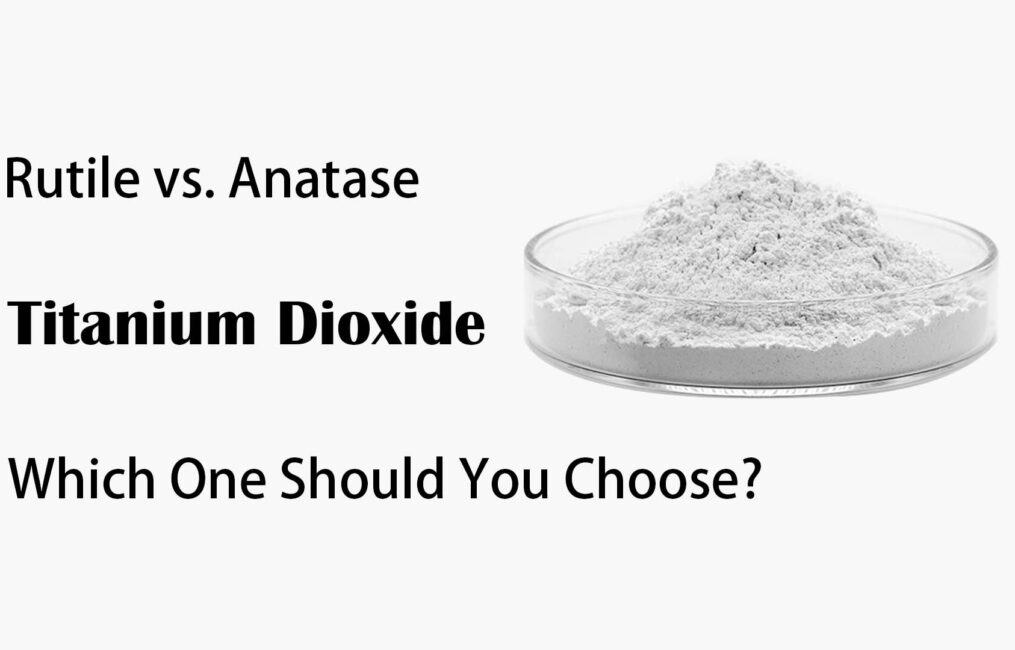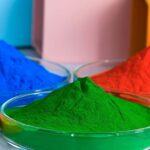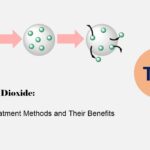Dioxyde de titane rutile ou anatase : lequel choisir ?
Discover the key differences between rutile and anatase titanium dioxide in this detailed comparison. Learn about their unique properties, applications, and which type is best suited for your industry needs. Whether it’s coatings, plastics, or cosmetics, this guide will help you make the right choice for optimal performance and cost-efficiency.

Performance Comparison between Rutile Titanium Dioxide and Anatase Titanium Dioxide
Titanium dioxide (TiO₂) is an important inorganic pigment widely used in industries such as coatings, plastics, papermaking, inks, and cosmetics. Based on differences in crystal structure, titanium dioxide is mainly divided into rutile type (R-type) and anatase type (A-type). The two types exhibit significant differences in physicochemical properties, optical performance, and application fields. Below is a performance comparison between rutile titanium dioxide and anatase titanium dioxide:
1. Physicochemical Properties Comparison
| Propriété | Rutile Titanium Dioxide (R-type) | Anatase Titanium Dioxide (A-type) |
|---|---|---|
| Crystal Structure | Elongated crystals, prismatic shape, dense structure, low photochemical activity | Approximately regular octahedral crystals, relatively loose structure |
| Thermal Stability | High, resistant to high temperatures (melting point 1850°C, boiling point 3200°C) | Lower, transforms into rutile type at high temperatures |
| Densité | Higher (4.2-4.3 g/cm³) | Lower (3.8-3.9 g/cm³) |
| Hardness | Mohs hardness 6-6.5 | Mohs hardness 5.5-6.0 |
| Résistance aux intempéries | Excellent, resistant to chalking and yellowing | Poor, prone to yellowing and chalking |
| Résistance à l'eau | Excellent | Poor |
| Photochemical Activity | Low, good photostability | High, especially significant under UV light |
2. Optical Performance Comparison
| Propriété | Rutile Titanium Dioxide (R-type) | Anatase Titanium Dioxide (A-type) |
|---|---|---|
| indice de réfraction | 2.71, excellent hiding power and gloss | 2.52, slightly inferior hiding power and gloss |
| Blancheur | Slightly lower | Higher, strong light scattering ability, appears whiter |
| UV Reflectance | Low, strong UV absorption, protects substrates | High, strong UV reflectance, high photochemical activity |
3. Application Fields Comparison
| Application Field | Rutile Titanium Dioxide (R-type) | Anatase Titanium Dioxide (A-type) |
|---|---|---|
| Coatings | High-end exterior coatings, decorative coatings, weather-resistant coatings | Interior coatings, low-cost coatings |
| Plastiques | Weather-resistant plastic products, enhances whiteness and brightness | General plastic products, increases whiteness and gloss |
| Caoutchouc | Improves surface smoothness and color stability | Used in general rubber products |
| Paper | High-end paper, improves whiteness and gloss | General paper, enhances whiteness and print quality |
| Encres | High-gloss inks | General inks, improves color vibrancy |
| Produits de beauté | Used in high-end cosmetics, provides coverage and smooth texture | Used in general cosmetics |
| Other Fields | Ceramics, glass, batteries, etc. | Textiles, chemical fibers, tires, etc. |
4. Summary
- Rutile Titanium Dioxide: Offers excellent hiding power, gloss, weather resistance, and thermal stability. It is suitable for high-end coatings, weather-resistant plastics, and high-quality paper. Its high refractive index and strong UV absorption make it ideal for outdoor applications.
- Anatase Titanium Dioxide: Has higher whiteness and strong light scattering ability, but its weather resistance and thermal stability are inferior. It is suitable for interior coatings, general plastics, and paper where weather resistance is not a critical requirement. Its lower cost makes it suitable for price-sensitive applications.
Both types have their advantages, and the choice should be based on specific application requirements.



